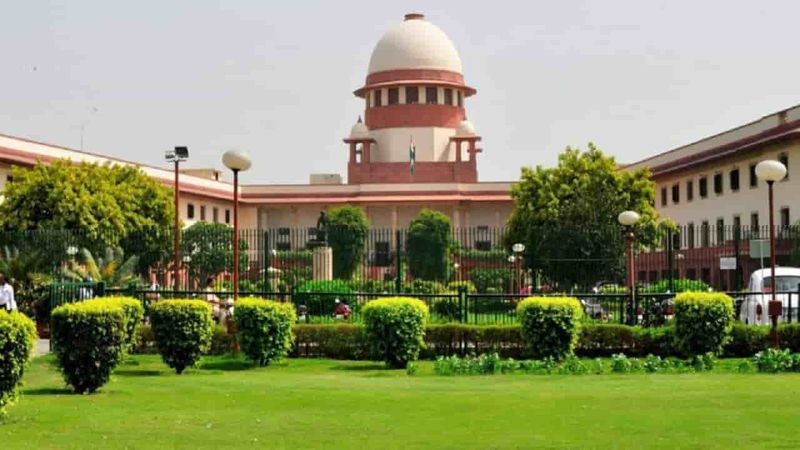The Analysis of Contradiction Between Penal Charges and Penal Interest with Respect to Borrowers
[By Yuvraj Sharma & Jatin Patil] The authors are students of School of Law, Narsee Monjee Institute of Management & Studies, Hyderabad. Introduction On August 18, 2023, the Reserve Bank of India (“RBI”) has recently released fresh directives regarding the imposition of Penal interest rates on loan accounts. These guidelines will affect from January 1, 2024. According to these new guidelines, any penalties incurred by borrowers due to Not adhering to loan terms will be classified as “penal charges” rather than “penal interest”, added to the existing interest rate on the loans. These guidelines, titled “Fair Lending Practice- Penal Charges in Loan Accounts”, also emphasise that penal charges should not be subjected to interest accumulation, effectively preventing additional interest from being calculated on these charges. This blog analyses critically evaluates the benefit and drawbacks of these guidelines and proposed potentials for enhancements for their effectiveness. Background The Reserve Bank of India has issued guidelines to regulated entities to ensure transparency and fairness in disclosing penal interest. The current regulations provide lending institution with the authority to formulate board approved policies governing the application of Penal Interest rates. However, The RBI has observed that a significant number of Real Estate (“RE”) firms levy penal interest rates alongside the regular interest rate for instances of default or non-compliance with credit terms. The purpose of penal interest Is to promote credit discipline among borrowers and ensure equitable compensation for lenders. Not to serve as a revenue enhancement mechanism beyond the contracted interest rate. The Supervisory assessment conducted by the RBI have unveiled a wide range of practices within the real estate sector concerning the imposition of penal charges or interest. This disparity in approaches has given rise to customer grievances and dispute, highlighting the need for standardization and better regulatory oversight. Presently, these rates and charges vary across banks and other lenders. They are applied in scenarios like missed or delayed EMI repayment, check bounces, repayment of loans. The Term “Penal Charges” and “Penal Interest” ‘Penal charges’ represent extra fees imposed by lenders upon borrowers. These charges become applicable when a borrower experience delays in repaying a loan or the equated monthly installment linked to a loan or other financial instruments. These specific of penal charges for payment defaults differ across banks and non-banking financial companies letting standardized guidelines. These charges are usually stipulated in the agreement terms for payment default. Nevertheless, instances have arisen where lenders attempted to impose higher charges than outlined in the agreement as reported by borrowers. ‘Penal Interest’, In the event that the borrower does not receive the installments in accordance with the specified repayment terms by the end of the month, they will incur an additional charge known as Penal Interest on the delayed installments. This practice is designed to ensure timely to ensure repayment and discourage delays in meeting financial obligations. Triggered Reason for RBI Guidelines The Central Bank has issues new regulations due to the discovery that numerous lending institutions it regulates were imposing extra penal interest rates on borrowers who defaulted or failed to comply with the terms of their credit agreements. These regulations state that penal charges should not be compounded, meaning no additional interest should be calculated based on these charges. However, the standard interest compounding procedure for the loan account remains unaffected. The guidelines set by the regulatory authority RBI concerning penal charges for non-compliance with non-contract terms. These guidelines, effective from January 1, 2024, apply to various financial entities under RBI regulation, including commercial banks, cooperative banks and NBFC’s, housing financial companies and board. The guidelines prohibited imposing penal interest as an additional interest rate on top of the loans rate and institute maintained reasonable “penal charges” for breach of loan terms. These charges must be non-discriminatory and proportional to the severity of non-compliance. The instruction requires entities to disclose the nature and amount of penal charges in loan agreements, important terms and their websites. Furthermore, communication of applicable charges and reason is mandatory when notifying borrowers about non-compliance. Existing loans will transition to the new regime. Their next review or renewal date or within six months of the circular effective date. Notably, these rules exclude credit card, external commercial borrowings, trade units and structure obligations which are covered by civil specific product directions. In essence, the RBI mandates that financial entities regulated by it implement guidelines to ensure fair and transparent penal Charges for Loan Non-Compliance while providing clear disclosure to borrowers. The new rules are applicable to various financial institutions under the RBI jurisdiction except for specific financial product outlines in the text. Fostering Equitable Borrowing Practice: Promoting Uniformity and Fairness through new lending guidelines The new guidelines have been introduced with the intention of covering divergent practice among lending institutions and ensuring that borrowers are not burdened with excessive charges for defaults or non-compliance. This progressive step aims to establish uniformity in the penalties being charged, thus preventing the abuse of process. While instances of process abuse have been noted in the past, these guidelines seek to comprehensively address the issue. As stated, the RBI intention in implementing these guidelines is not to employ them as a tool for revenue enhancement beyond the contracted interest rate. The primary objective of achieving uniformity is a crucial step, although it is important to note that these guidelines do not extend to areas such as credit cards external, commercial borrowings, trade credit, etc. This approach is distinctly centered around individual borrowers aiming to safeguard their interest. These guidelines also mandate that both the rational and the quantum of charges must be transparently disclosed to the borrower within the loan agreement. This major ensures the overall well-being of the borrower and is warmly welcomed. Moreover, these guidelines are the purpose of installing senses of credit discipline among borrowers, emphasizing fairness and the paramount factor, these guidelines have been introduced to uphold the principle of fairness Conclusion In conclusion, The Reserve Bank of India has introduced vital guidelines with the









